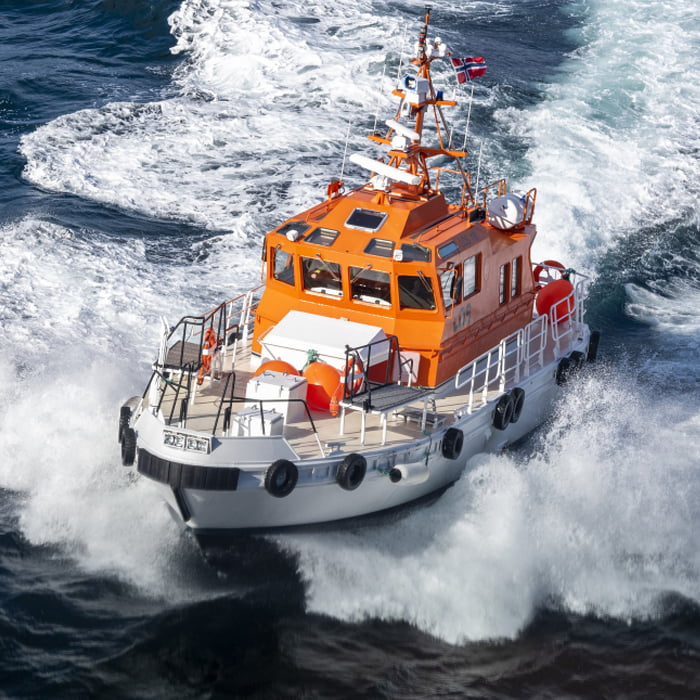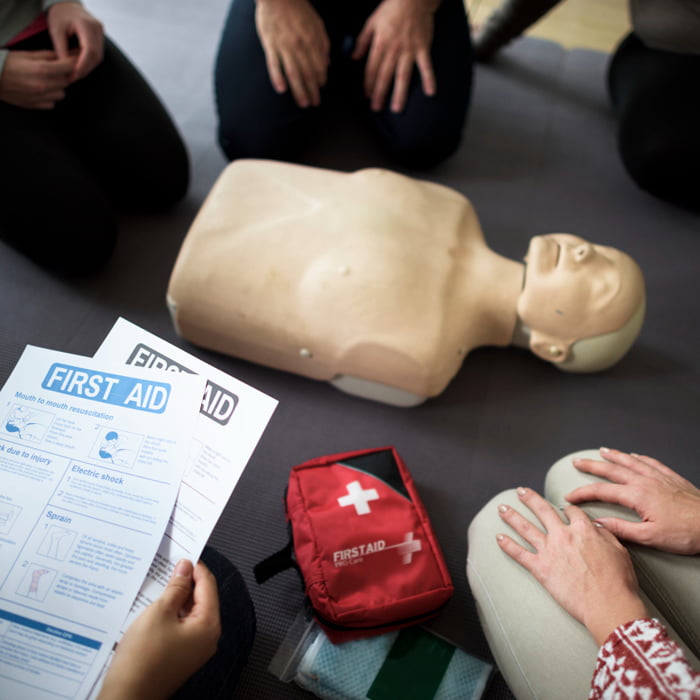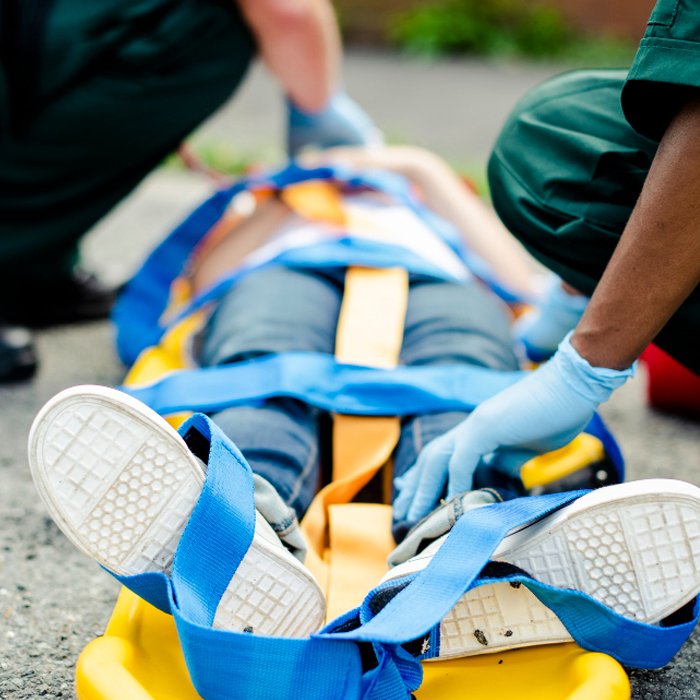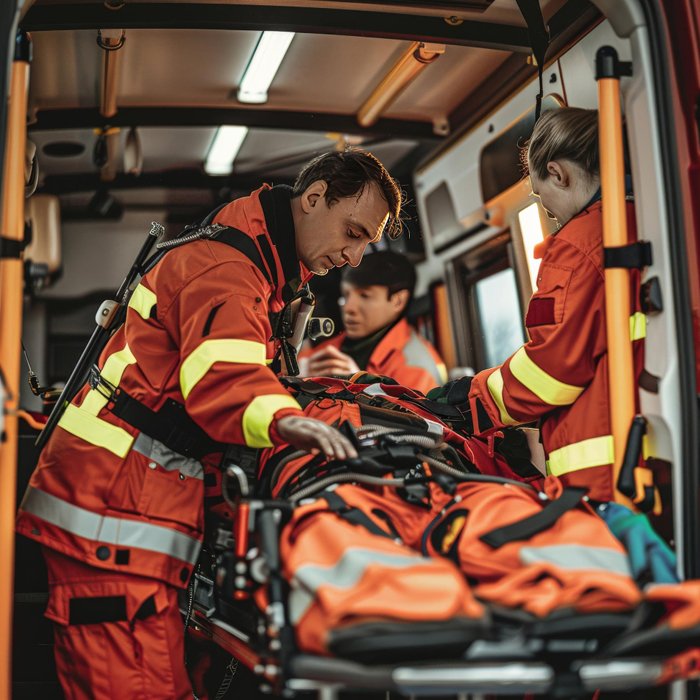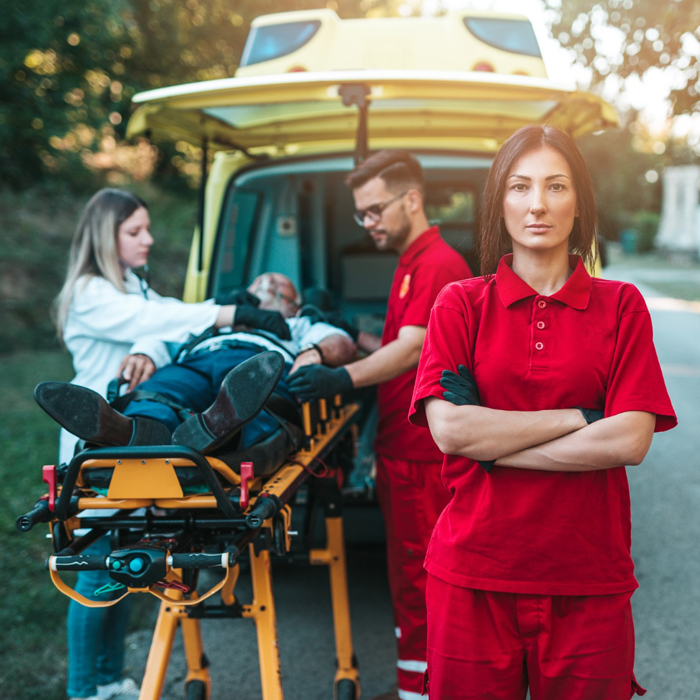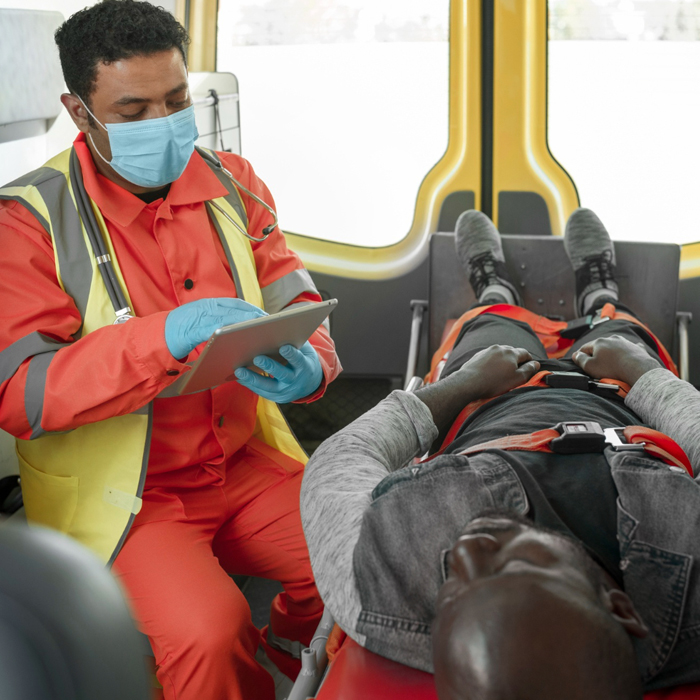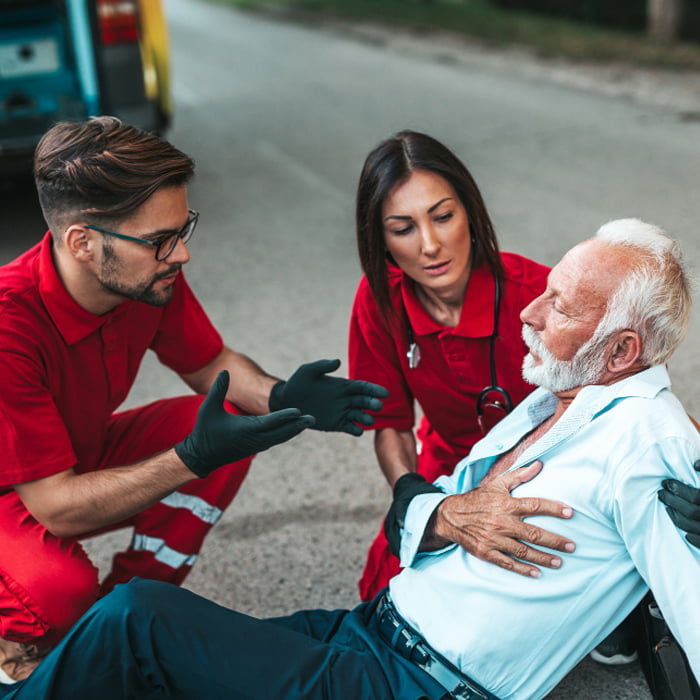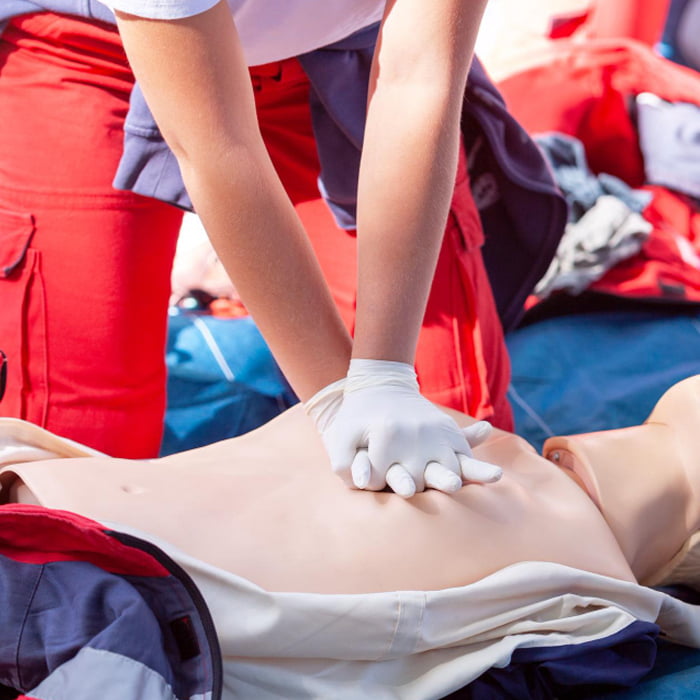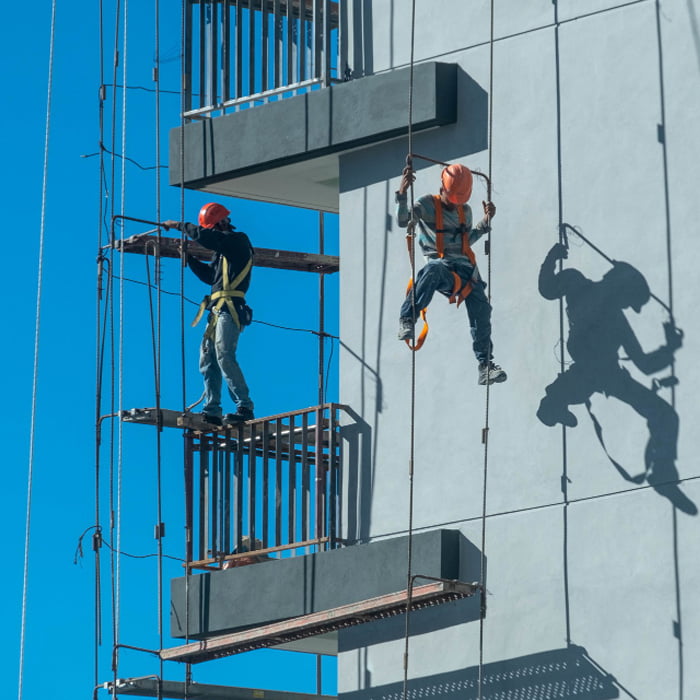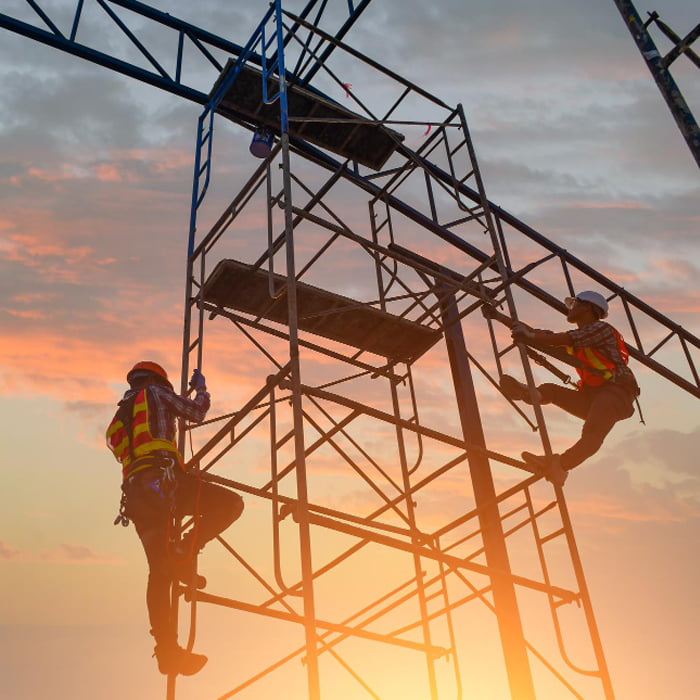The Complete Toolkit for Training Compliance Success
Streamline learning, ensure compliance, and empower your workforce with ease
- Automate Training Assignments: Seamlessly assign courses based on roles, locations, or departments with zero manual effort.
- Track and Manage Compliance: Stay audit-ready with detailed reporting, expiration alerts, and centralized certificate storage.
- Save Time and Costs: Access over 300 courses and eliminate reliance on external platforms for training needs.



